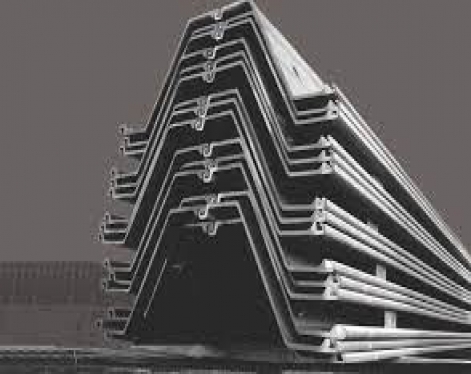
Hot-rolled steel sheet piles are made of hot-rolled steel plates through shearing, flanging and rolling processes.
Read more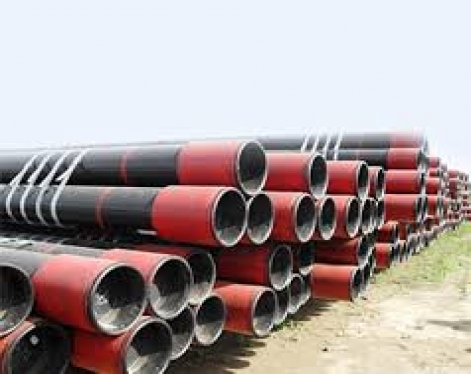
Different well conditions and well depths require different steel grades.
Read more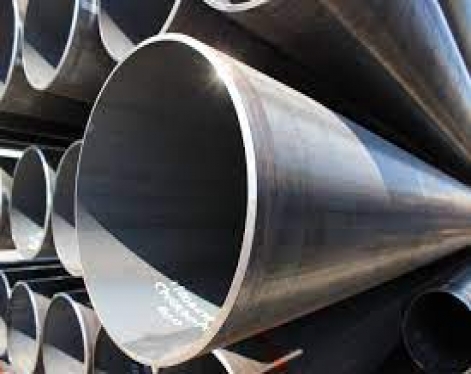
Common problems of ERW pipe during the internal burr removal process include eccentricity, depth, shallowness, etc.
Read more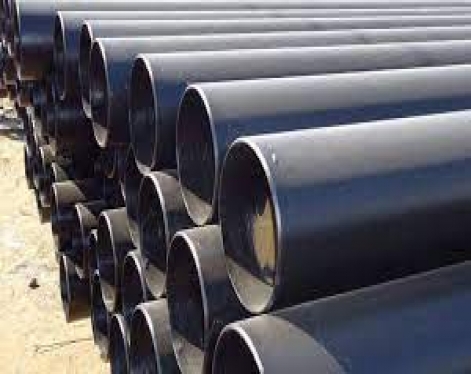
Eddy current testing refers to a non-destructive testing method that uses the principle of electromagnetic induction to non-destructively uate certain properties of conductive materials and their workpieces or discover defects by measuring changes in induced eddy currents in the inspected workpiece.
Read more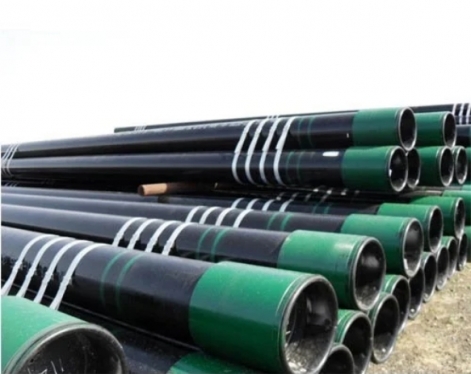
Through rigorous and scientific petroleum octg casing inspection workflow, defects in octg casing can be better discovered and the safety and efficiency of oil well production can be improved.
Read more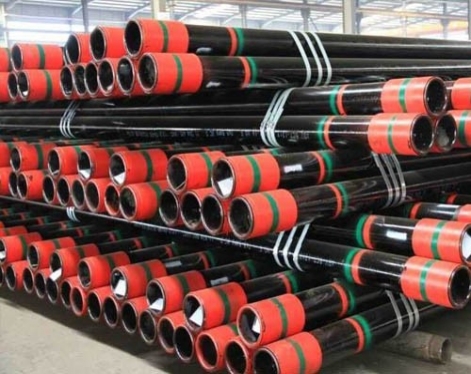
Both tubing and steel casing pipe are essential in oil exploration.
Read more